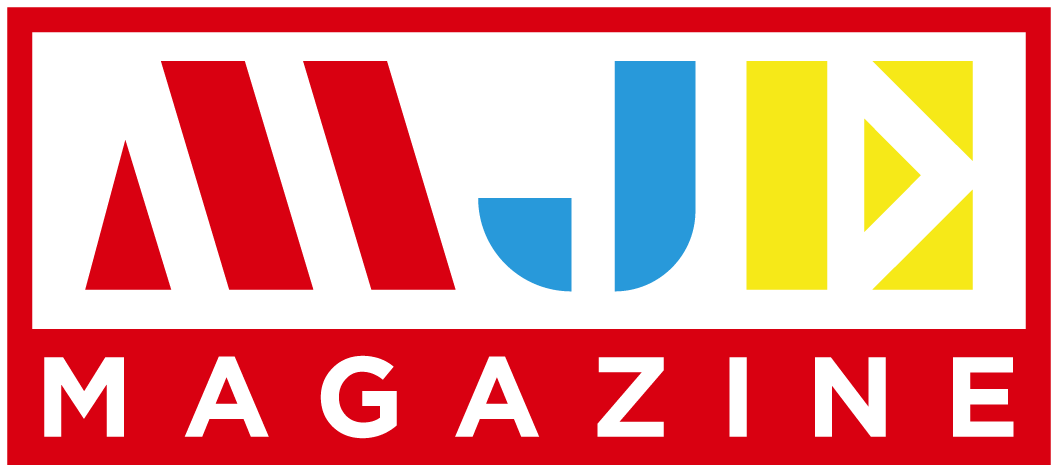In any organization, release management should not be an isolated process. Each different stage of the process has a complex relationship with business strategies and goals, as well as matters of change management, governance, among other management practices in the organization.

The whole purpose of employing the release management process is to create a collection of consistent (hence repeatable) and independent procedures that improve utilization of resources for creation of business value.
Important Principles in Release Management
- Tools and procedures for software deployment
- Strategies for change management
- Structure of the teams – center of excellence, executive sponsors if any and the steering committee
- Version control and management
- Sandbox management
Hindrances to Development Repeatable Procedures
Large enterprises, especially, may need to have multiple release management processes. The reason for this is that separate divisions within the organization have unique requirements hence may apply different sets of procedures. Such procedures must be standardized within the enterprise, because they all stem from a similar rudimentary platform and draw from a central resource pool for operational management.
Each team drawing from the enterprise’s pool of resources should be at least aware of the operations of other teams within the enterprise. Take a single object such as some end-product of the business – if there are different teams working to make different modifications to the same product, it’s only logical for each to be aware of other teams’ activities and impact on said product.
Regarding governance, differentiation of business activities may result in utter failure of management, especially where mechanisms to facilitate open communication do not exist. Improving intra-organizational communication makes teams more accountable to each other and thus in time improves the level of consistency and repeatability of the set of processes implemented by separate teams supporting the Salesforce organizational ecosystem.
Centralizing Intakes for the Release Cycle
Customers will need to apply a host of systems depending on their specific requirements. However, it is preferable to launch a comprehensive system like force.com migration toolkit where all consumer requirements can be followed, stored and retrieved from a centralized repository to which all teams in the organization have access. These will enable easier tracking of said requirements so that relevant teams can respond, especially where interdepartmental responses are necessary.
Often, system improvements are carried out with no regard for impact of said changes on ROI of the system as well as entire business operability. A better way might be to prioritize requests/user needs which offer the greatest contribution towards the common business goal achievements.
This scheme of operation can be effectively managed through the creation of a steering committee whose role is to evaluate various requests and organize them in order of priority according to overall organizational benefit.
IT-Business Interdependence
Moreover, there must be a working flow between the IT department and others, especially where the Salesforce system is to be changed. The business arm of the enterprise would be responsible for presenting the ROI each alteration offers, while the IT gives the technical and resource consideration for the actual work to be done. The steering committee may then make recommendations based on evaluations of both sides.
The mutual aid between business and IT does not end at the steering committee however. Once each sprint cycle is over, meetings should be scheduled to review changes IT implemented and their subsequent impact on the business side. Tweaks may be suggested to improve such changes and bring them closer to the scheme that furthers achievement of business goals set out in the beginning.
Apart from the IT and finance sides, there should be greater collaboration and attitude adjustment by all other key team players if processes that are in the best interest of the whole enterprise are to be successfully implemented.
Author Bio
Charlie Brown is an expert in Salesforce management. For more information or enquiries on the force.com migration toolkit and other aspects of release management visit his website.

